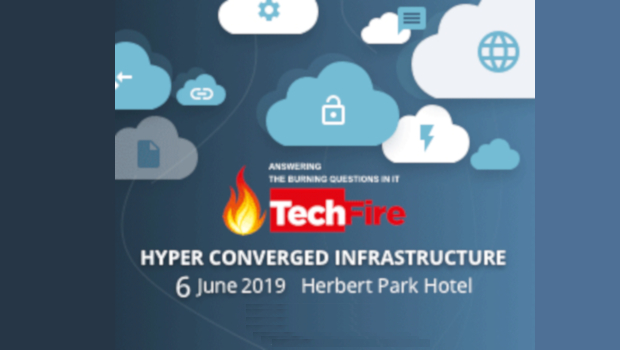
Hyperconverged infrastructure to see huge growth and development in 2019
The benefits of hyperconverged infrastructure (HCI), are pretty well accepted by most in ICT.
The technology offers a lower total cost of ownership (TCO) compared with traditional data centre infrastructure, while increasing the speed and agility of operations, providing easy scalability and simplifying operationally things too.
In fact, so well understood are these advantages, that according to market research, the current market will see a compound annual growth rate (CAGR) of 43% to reach $18 billion by 2023.
“As HCI solutions are increasingly capable of operating business-critical workloads while reducing data centre complexity and promoting affordability,” said Sebastian Lagana, infrastructure platforms and technologies research managed, IDC, “the segment will continue to expand its share of the overall converged systems market.”
“Hyperconverged infrastructure demand remains the primary driver of converged systems market growth,” says Lagana.
HCI technologies are also developing themselves, and according to one software vendor for HCI, software defined storage (SDS) capabilities will soon be coming.
Yoram Novick, founder and CEO of Maxta, writing for Data Center Dynamics, says that integrating SDS management capabilities will allow HCI to address a potential scaling issue.
Novick argues that SDS capabilities in HCI will allow it to bypass the cluster size limitation imposed by the virtualisation software. He says that by allowing HCI software to partition servers into app servers and data servers, HCI software can scale to thousands of servers in the same cluster, enabling admins to deploy single vendor HCI and SDS instances while retaining the value of each of the solutions.
Furthermore, Novick predicts that HCI vendors will start to leverage on-premises HCI tools, while also taking advantage of cloud native services and applications, to provide a better HCI and hybrid cloud experience.
There will also be something of an evolution, says Novick, to what is termed ACI or Abstraction Converged Infrastructure.
Novick argues that while many organisations will have separate infrastructures for container-based and virtual machine (VM) -based infrastructures, a unified abstraction infrastructure would be desirable. He says “to truly leverage containerisation and container orchestration frameworks, HCI should natively support both types of abstraction, containerisation and virtualisation”.
Novick predicts that this year, “the growth of containerisation and the long tail of virtualisation will morph HCI into ACI”.
To understand how HCI and its developing capabilities can help your organisation, TechFire, in association with Island Networks and Cisco, will explore how the technology can not only speed up deployment while simplifying management, but also deliver lower cost of ownership through operational efficiencies.
David De Roock, ICT infrastructure project manager, Exmar, will describe how his organisation’s use of HCI technologies in the setup and operation of the group’s disaster recovery infrastructure.
This is a free event on 6 June at the Herbert Park Hotel, Dublin, but registration is required.
Please see techfire.ie for details.








Subscribers 0
Fans 0
Followers 0
Followers